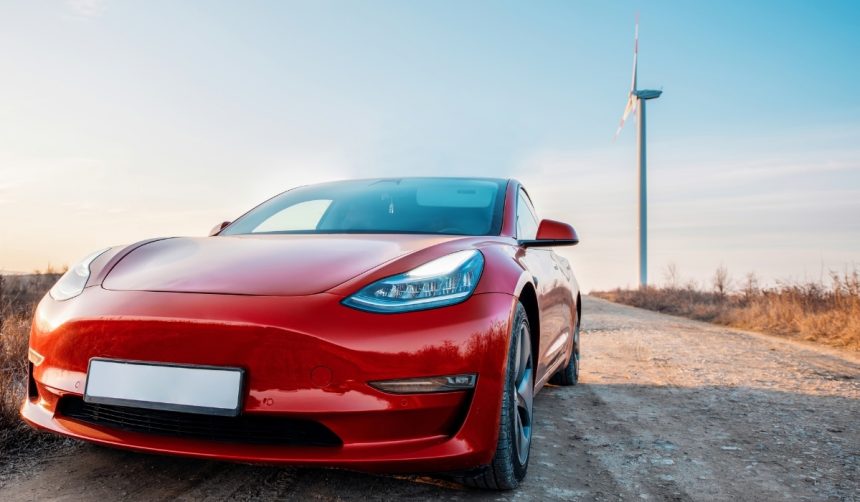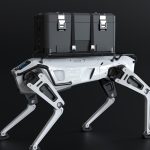Tesla‘s approach to autonomous ride-hailing in Austin continues to develop as the company integrates user-centered changes into its Robotaxi app. These updates arrive less than a month after the service’s initial launch, demonstrating Tesla’s responsiveness to feedback and evolving urban mobility needs. At a time when autonomous vehicles are gaining traction in public discussions, the inclusion of major destinations such as the University of Texas at Austin signals Tesla’s intent to target densely populated areas and student communities, potentially shaping how residents and visitors navigate the city. Some Austin locals have expressed curiosity about the unique geofenced driving boundary, speculating on how it may impact ridership patterns and service reach.
While previous media coverage primarily highlighted the unveiling of Tesla’s driverless ride-hailing service and its early trials with a limited Austin coverage area, the latest changes mark a shift toward refining user experience. Earlier updates emphasized basic operational aspects and initial technical limitations, such as fixed pickup points and a smaller operational zone. Reports from March had noted rider confusion with pickup navigation and commented on geofence restrictions. Compared to initial rollouts, Tesla now appears to be addressing both logistical challenges and user interface details with its recent app version 25.7.5.
How Has Tesla Expanded Robotaxi’s Reach?
Version 25.7.5 of the Robotaxi app nearly doubles the service area in Austin, encompassing an extended selection of neighborhoods along with significant landmarks. The expanded boundary now includes the University of Texas at Austin, home to more than 53,000 students, possibly inviting a new wave of users. Tesla designed the geofence with a shape that stands out, mapping services to strategic points of interest within the urban landscape. This significant map enlargement may broaden accessibility for both daily commuters and visitors to previously unsupported city sectors.
What Navigation and User Interface Changes Did Tesla Add?
Several enhancements targeting navigation and user comfort have been introduced in the updated Robotaxi app. One of the most requested features, integrated walking directions, now directs users to both pickup and dropoff spots, addressing confusion in high-traffic or complex neighborhoods. According to Tesla, “
The addition of walking directions aims to support riders at locations where direct vehicle access to the main entrance isn’t always available.
” Such provisions support more seamless first and last legs of a journey, particularly around busy venues and commercial areas.
How Does the Robotaxi App Handle Changing Destinations and Business Hours?
With this update, the Robotaxi app takes into account closing times for destinations, alerting riders if their arrival may coincide with or fall after a venue’s closing hour. This serves to prevent inconvenient scenarios in which users arrive as businesses are shutting down. Furthermore, riders can now change their dropoff points even after the ride has started, giving them greater flexibility to adapt travel plans mid-route—for example, to select a different restaurant if the first is closing shortly. These incremental upgrades parallel features found in other ride-hailing and navigation platforms.
By integrating real-time navigation adjustments and geolocation-based alerts, Tesla is cultivating a more adaptive Robotaxi experience in Austin. The inclusion of closing times and post-booking destination edits signal a shift toward user autonomy and efficiency amidst the context of automated public transport trials. In comparison to coverage from its initial launch, Tesla’s updates suggest a measured approach to problem-solving, prioritizing feedback from its early rider community and leveraging existing best practices across mobility apps. As more large-scale deployments of autonomous vehicles emerge, app design decisions—such as geofence expansion and intuitive route planning—will remain pivotal for adoption.
- Tesla’s Robotaxi app update nearly doubles the Austin service area coverage.
- Key features include walking directions and business closing time alerts.
- Users now can edit ride destinations after booking with the app.










